The convergence of sustainability and the smart home is driven by people's desire for a healthy lifestyle that also reduces people's impact on the planet's limited natural resources…
Reality forces us all to slow down, take stock of our health and that of the planet, and reflect on our relationships and place in a rapidly evolving world. With that in mind, it's inspiring to witness how the next generation of technology can make our homes better to meet the demands of our laptops and our environment.
Why incorporate sustainable technology into the home?
Sustainability, as defined by the United Nations, is meeting the needs of the present without compromising the ability of future generations to meet their own needs. The convergence of sustainability and the smart home is driven by people's desire for a healthy lifestyle that reduces people's impact on the planet's limited natural resources. Suppose we don't drastically reduce greenhouse gas emissions. In that case, the average temperature on Earth could be 1.5 degrees Celsius above pre-industrial averages over the next decade. While the difference may seem small, scientists warn us we must stay below this temperature to avoid catastrophic effects. The benefits of a sustainable smart home can help reduce our carbon emissions and combat climate change.
Does Sustainability Matter to People?
According to the quarterly survey, the demand for sustainable and clean energy services and equipment is evident. More than 40 percent of those surveyed would prefer to live in a community powered by solar energy, and 35 percent would pay more for clean energy. At least 80 percent of homebuyers and homeowners of all ages reportedly said they would be willing to pay more for a healthier home. 77% of consumers want to learn more about how to live a sustainable lifestyle.
How the market is reacting to interest in sustainability?
Sustainable, innovative home projects are still an emerging market. Still, they continue attracting consumer interest and are on the rise. For example, a well-recognized expert and influencer in tech are launching the Sustainable Living Lab project. The project aims to showcase a home integrated with advanced products and ecosystems, including intelligent, healthy, and sustainable products that restore and regenerate natural ecosystems. Nonprofit trade groups, industry publishers, and builders also join forces to support sustainability initiatives.
What are the sustainable and healthy smart home features?
- Smart Clean Energy
Automatic thermostats can automatically shut down when unoccupied, saving about 10-20% energy costs. This helps reduce energy waste and carbon emissions from fossil fuel-powered systems. Renewable energy sources such as solar and wind, combined with household batteries, can further reduce carbon emissions while also providing resilience in the event of grid outages. Cities across the country have joined the electrification movement and banned using natural gas in new buildings. A new, electricity-powered world is on the horizon, and these homes will provide grid-wide power management. One day it will evolve into the future of net-zero, or even net-positive, homes. There are many challenges to overcome, but setting ambitious climate targets is essential to avoid the worsening impacts of climate change.
- Water use monitoring
According to a study by a university, 10% of American households waste more than 90 tons of water every day due to leaks. If this trend continues, nearly a third of the population will not be able to afford water in five years. Smart water appliances can solve these problems by letting users know about their water usage and where improvements can be made. These devices can detect leaks and shut down main water mains if a leak is detected, preventing catastrophic flood damage. Catching leaks early can avoid conditions of mold that can have a very harmful health impact.
- Indoor Air Quality Automation and Optimization
The World Health Organization ranks air pollution as the number one threat to human environmental health and believes it causes nearly 7 million premature deaths yearly. Real-time indoor air quality solutions track, notify and automatically trigger filtration, ventilation, and humidity control hardware. When the dwelling is unoccupied, the system will revert to energy-saving mode to reduce waste.
- Human-Centric Lighting
Swapping out incandescent bulbs for intelligent, efficient LED bulbs and bright lighting will reduce energy consumption and waste over time because it automatically turns off when the room is unoccupied. Taking it a step further, we are now seeing LED technology that provides excellent lighting solutions and supports our biological circadian rhythms, enhancing our health. This is important because proper light levels and accurate color rendering benefit our day-to-day functioning, and eliminating blue light after sunset contributes significantly to our sleep cycle.
- smart appliances
These features keep track of cargo and notify when the refrigerator door is open, maintaining good energy efficiency while providing safety features against fire. Discussions were held among major manufacturers to communicate between appliances; this could help energy-consuming devices identify lifestyle behaviors, optimize comfort, reduce energy usage, and manage peak demand.
Summarize:
The future of sustainable healthy smart homes will be human-centric, data-driven, and technology-enabled. Its related products, solutions, and services provide a tremendous opportunity for custom integrators to add high-impact value to current homes without compromising the ability of future generations to meet their own needs. Sustainable and healthy technologies continue redefining people's daily lives. They will continue to play a role in combating climate change and rebuilding family health. The ultimate smart home can contribute to the health of people and the planet.






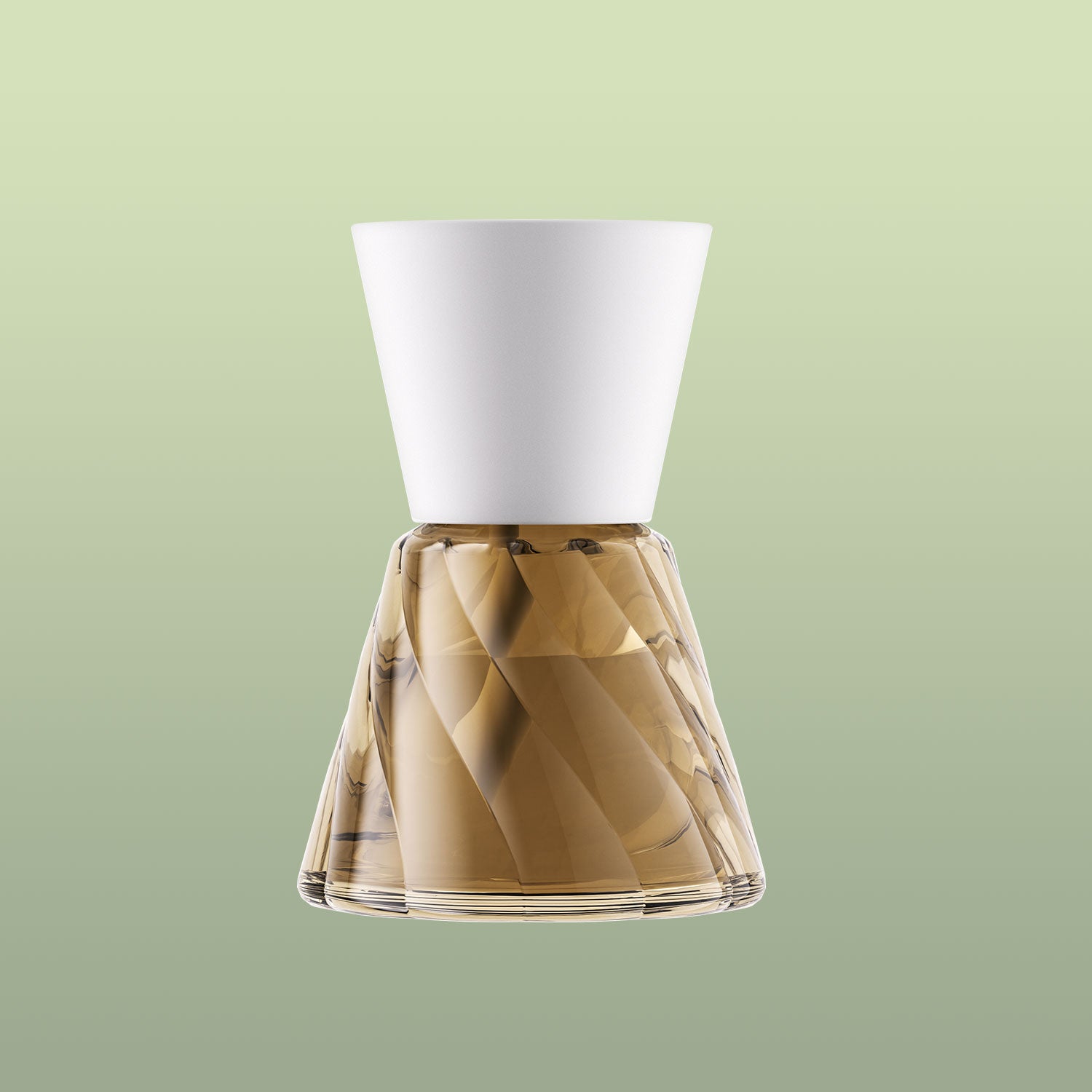


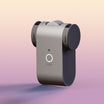
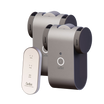
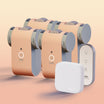
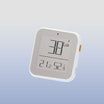
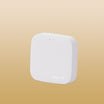
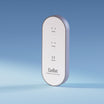
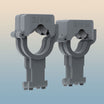

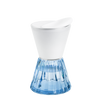



Leave a comment
All comments are moderated before being published.
This site is protected by reCAPTCHA and the Google Privacy Policy and Terms of Service apply.